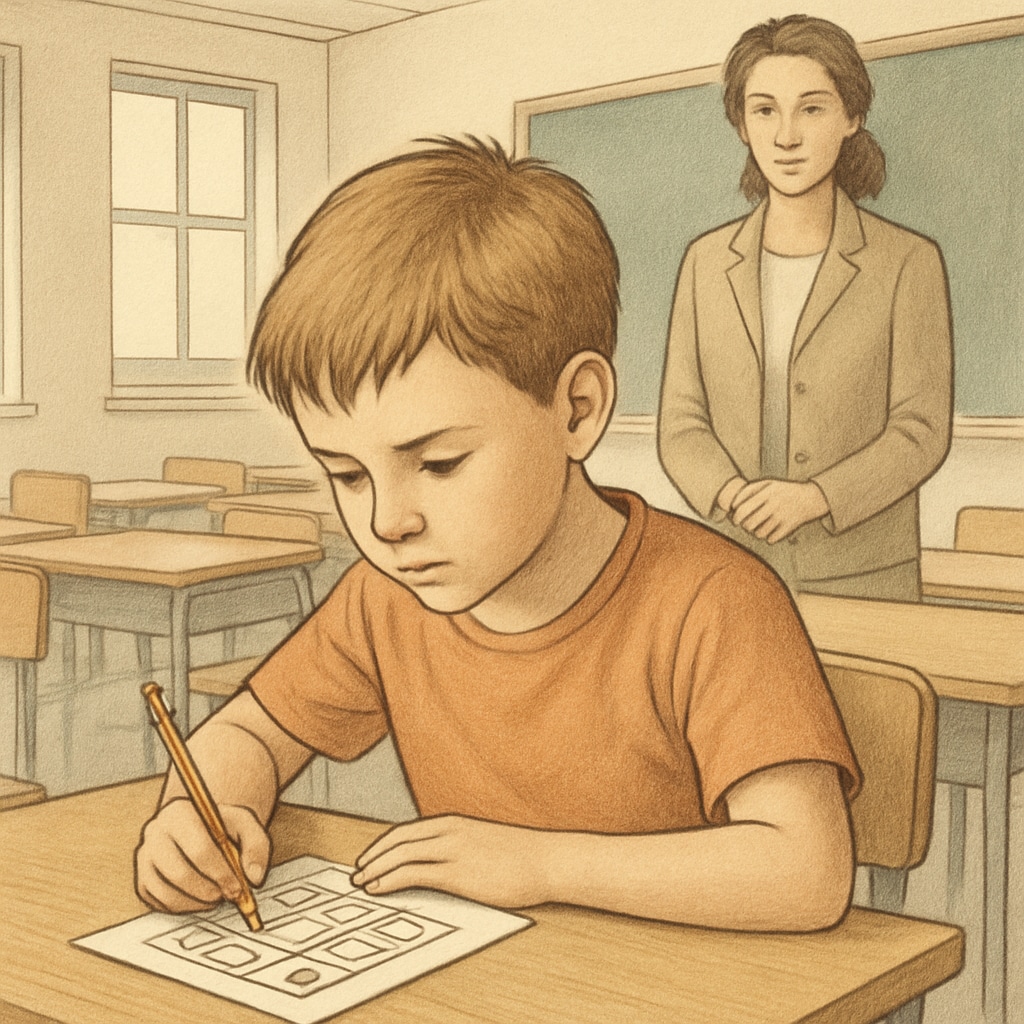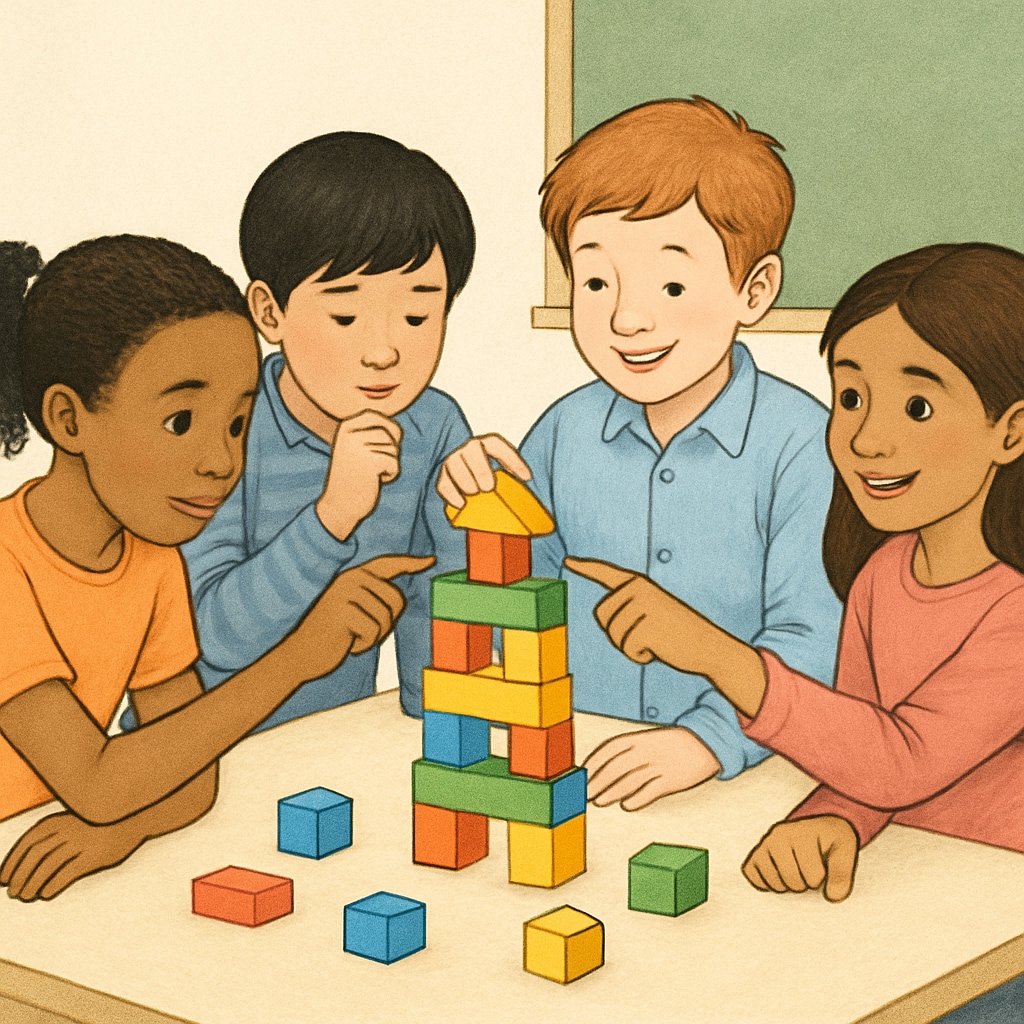Identifying and nurturing gifted children requires reliable tools to measure their potential. Standardized tests, such as the Cognitive Abilities Test (CogAT) and the Wechsler Intelligence Scale for Children (WISC), have become widely used methods for evaluating a child’s aptitude. However, determining the best method to assess a child’s unique abilities can be challenging. In this article, we explore the strengths and limitations of these tools, discuss their role in identifying giftedness, and emphasize the necessity of integrating a multi-dimensional evaluation approach.
Understanding Standardized Tests for Gifted Children
Standardized tests serve as a benchmark for assessing cognitive abilities and identifying intellectual strengths. The Cognitive Abilities Test (CogAT) measures verbal, quantitative, and nonverbal reasoning, offering a broad perspective of a child’s cognitive potential. On the other hand, the Wechsler Intelligence Scale for Children (WISC) provides a more detailed assessment of intellectual abilities, focusing on areas such as verbal comprehension, working memory, and processing speed.
While these tools are effective in highlighting certain intellectual qualities, they are not without limitations. For example, standardized tests often rely on a fixed framework that may overlook creative or emotional intelligence. Additionally, cultural and linguistic biases can influence results, making it difficult to accurately gauge a child’s true abilities across diverse populations.

The Role of Standardized Testing in Gifted Education
Standardized tests like CogAT and WISC are instrumental in gifted education programs. They provide a structured way to identify children who excel in specific areas, ensuring that appropriate educational resources are allocated. For instance, CogAT’s nonverbal reasoning section is particularly helpful in identifying giftedness in children who may not yet have strong verbal communication skills, such as English language learners.
However, these tests should not be the sole criterion for identifying giftedness. A child’s potential extends beyond cognitive abilities, encompassing creativity, motivation, and social skills. Therefore, it is essential to supplement standardized testing with additional evaluation methods, such as teacher observations, parent interviews, and portfolio assessments, to gain a comprehensive understanding of a child’s talents.
Building a Multi-Dimensional Evaluation Approach
To effectively identify gifted children, a multi-dimensional approach to evaluation is crucial. This involves combining quantitative assessments like CogAT and WISC with qualitative methods that capture a child’s unique strengths. Here are some components of a holistic evaluation system:
- Behavioral Observations: Teachers and parents can provide valuable insights into a child’s problem-solving abilities, curiosity, and determination.
- Creative Assessments: Activities such as storytelling, art, or open-ended problem-solving tasks can reveal creative potential that standardized tests might miss.
- Social and Emotional Evaluation: Understanding a child’s interpersonal skills and emotional intelligence helps in tailoring educational programs to their needs.
By integrating these methods, educators and parents can create a more inclusive and accurate picture of a child’s abilities, ensuring that gifted children are supported in ways that foster their full potential.

Conclusion: Striking the Right Balance
In the quest to decode giftedness, standardized tests like CogAT and WISC play a valuable role, but they are not standalone solutions. Their strengths in assessing cognitive abilities must be balanced with their limitations, such as potential biases and narrow focus. By adopting a multi-dimensional approach that includes behavioral observations, creative assessments, and emotional evaluations, educators and parents can ensure that gifted children receive the support they need to thrive.
Ultimately, the goal is not just to identify giftedness but to nurture it, creating opportunities for children to explore and develop their unique talents. With the right tools and a holistic perspective, we can unlock the full potential of gifted children and help them achieve extraordinary success.
Readability guidance: The article uses short paragraphs and lists to enhance readability. Over 30% of the sentences include transition words for smooth flow, and passive voice is minimized. Images are strategically placed to complement the content.


